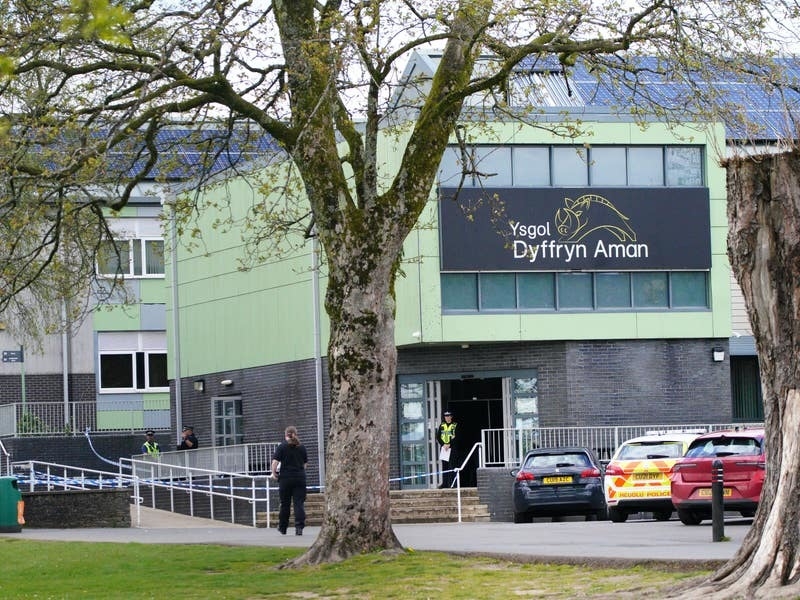IN January this year, Jerseywoman Dorothea Weber, née Le Brocq, became the second person from the Island to be declared a British Hero of the Holocaust, specifically for the act of sheltering a Jewish woman during the Occupation.
In November 2016 she had joined Albert Bedane in being declared ‘Righteous Among the Nations’ by Yad Vashem, the World Holocaust Remembrance Center, for having performed this act of courage. I was the person who submitted her story, having built on the work of Jersey’s Freddie Cohen with two colleagues. But were Bedane and Weber the only two people from Jersey who should be honoured for sheltering Jews, or were there more?
Anyone who has read Dr John Lewis’s Occupation memoir, A Doctor’s Occupation, will be aware that a third – unnamed – Jewish woman was hidden in St Helier. The question is, who was she and will we ever find out? What clues does John Lewis leave in his memoir, and was this unnamed woman actually Mary Richardson (whom Albert Bedane hid) or Hedwig Bercu (whom Dorothea Weber hid)? It is time that we took steps to find out.
John Lewis wrote in the book’s preface in 1982, when his memoir was first published, that he did not pretend it to be a ‘rigidly accurate historical’ record, but that the ‘important facts’ were ‘recorded briefly’ in his ‘Medical Day Book’, and that he ‘never kept a regular diary as such.’ I would like to call upon John Lewis’ four children or his grandchildren, if they are still in Jersey, to locate his medical day books for the Occupation years (which were clearly still around in 1982) and to make contact with me.
What precisely did John Lewis write about his unnamed Jewish patient who went into hiding? He described her as a ‘British subject’, which rules out Hedwig Bercu. She had been his patient for a number of years (noting that Lewis, himself, came to Jersey in 1935). He describes her as a middle-aged widow and a ‘big woman’ who was ‘in comfortable circumstances’ and whom he met occasionally at cocktail parties. She was a hypochondriac, meaning that if Dr Lewis’s patient records survive still, she should be easy to find. She also had been a patient of other doctors before Dr Lewis.
He describes her as being on ‘the second list for deportation’, but it isn’t clear whether he meant the second list of those deported in September 1942 (ie on the second boat) or whether he meant those deported in the second wave of deportations, in February 1943. If the latter, this narrows down the search considerably.
Her place on this list makes more sense when we consider that she was a British Jew. However, it is important to state that of Jersey’s deportation list for 1943, people’s grounds for deportation are not listed, unlike the lists in Guernsey. Furthermore, multiple versions of these lists exist; was she on any that still survive or was her name removed from the final versions because she was not actually deported? An examination of these lists does not immediately reveal a middle-aged widow travelling alone. Dr Lewis also wrote her a long medical exemption letter for deportation. Do these exemption letters survive, as do those for Guernsey? This letter was turned down. And, now that she was known to the German medical service, she knew that she was at risk and immediately went into hiding.
It was thought that she had committed suicide, but then the Germans became suspicious and the military police looked for her. They even advertised in the Evening Post. Could John Lewis be getting confused here with Hedwig Bercu, who was thought to have committed suicide and for whom a ‘wanted’ notice was published in the JEP?
Dr Lewis then wrote that ‘nearly two years later’, in the autumn of 1944, he paid a visit to an elderly couple who lived in ‘genteel poverty’, ‘near the centre of town’ in a large but ‘old-fashioned house, with a lawn and shrubbery in front’ and which was ‘no more than 50 yards from a private hotel what had been taken over by the Germans’. Walking up the path, John Lewis saw his former patient sunbathing, wearing a wide-brimmed hat and dark glasses.
After the Occupation, the couple who hid her said that their house guest had left the Island on the first boat after the Liberation, that she had not been known to them before, and that she had been with them for two and a half years.
Could this woman and Mary Richardson be one and the same person? Mary Richardson was 53 at the start of the Occupation – perhaps a little old to have been considered middle-aged in the 1940s. She had married a British man but was Dutch and had an accent – not a feature remarked on by Dr Lewis. Richardson went into hiding in June 1943, not at the time of either of the waves of deportation. Richardson’s husband was still alive – she was not a widow – and she was hidden by Albert Bedane and not an elderly couple. Did John Lewis change any details to protect her anonymity or was his report entirely accurate? Assuming the latter, then Dr Lewis’ patient was not the same person as Mary Richardson.
What information, then, do we need to find out who Dr Lewis’s patient was, and who she was hidden by? Certainly the most important records, if they survive, are with his descendants today: his patient records and his medical day book. We must also search through any exemption from deportation letters, if they survive. A trawl through the pages of several months of the JEP – say from September 1942 to March 1943 – to look for wanted notices may also reveal her identity.
If anyone reading this can help, I ask them to contact me on gcc20@cam.ac.uk or to write to me: Dr Gilly Carr, St Catharine’s College, Trumpington Street, Cambridge, CB2 1RL.






